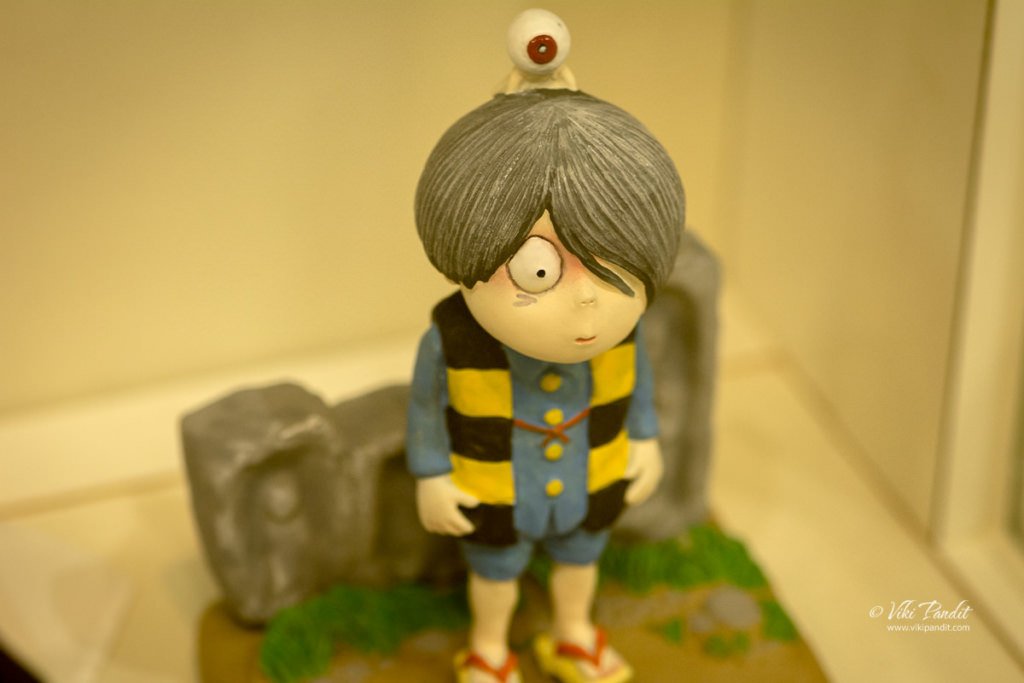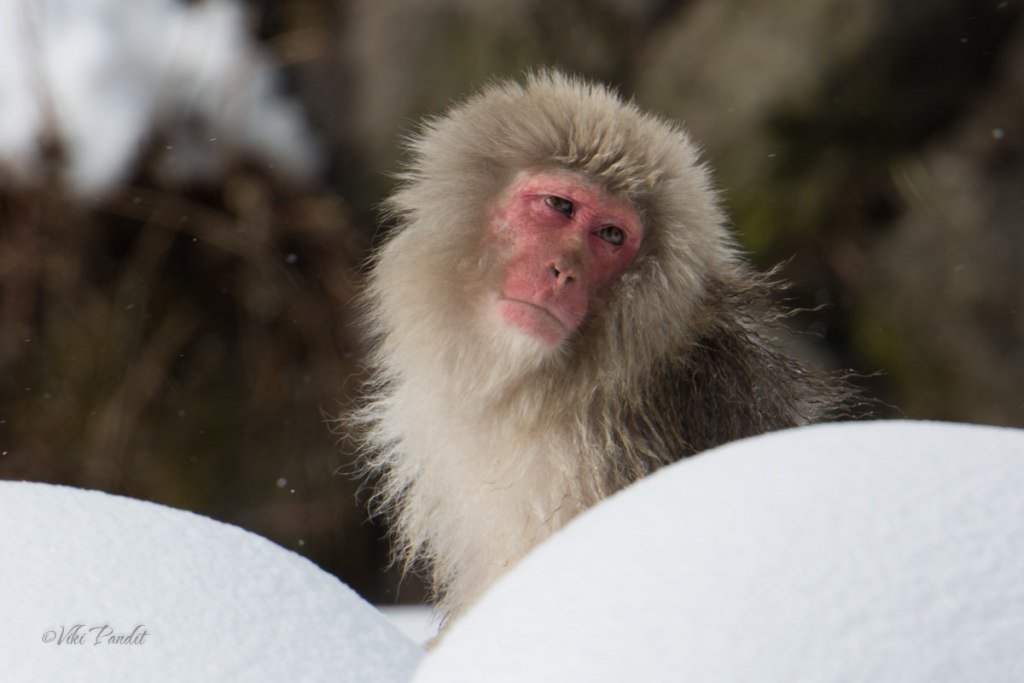

The secret world of Kasugayama Primeval Forest
The Kasugayama Primeval Forest hides many interesting flora in its midst. I go for a hike around the forest to Manyou Botanical Garden discovering an array of colors among the dense prehistoric forest of Nara.







